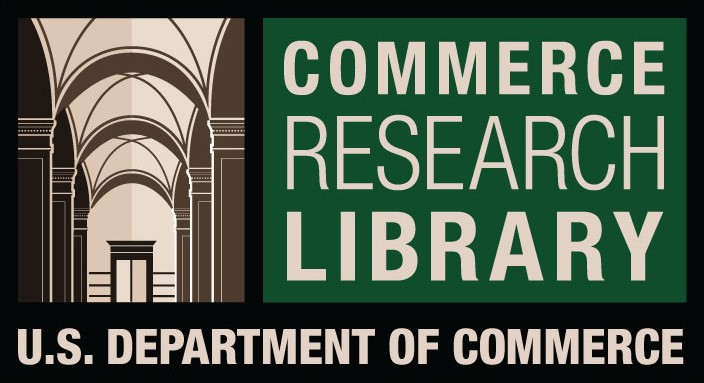CUSTOMER SATISFACTION AND TRUST TOWARDS CASHLESS TRANSACTIONS
DOI:
https://doi.org/10.61841/b8w73n47Keywords:
Customer Satisfaction and Cashless TransactionAbstract
The aim of this paper is to find the customer satisfaction and trust towards cashless transactions in Tiruchirappalli City. In the field of digital payment systems, there are very few researches on customer satisfaction with cashless transaction systems. This exploratory research is the first to test consumer satisfaction level towards cashless transaction systems through providing digital payment platform. The primary objective of the current research study is to customer satisfaction with cashless transaction systems in Tiruchirappalli through survey method. Adoption of cashless payment systems can help society in the development of the economy. Cashless payment system providers focus not only on the adoption of cashless payment systems but also the satisfaction of the consumers in Tiruchirappalli City. The objective of this study is to understand customer satisfaction with cashless transaction systems in Tiruchirappalli City and also to understand consumers usage related to cashless transactions. The current study has used survey method for collecting primary data of 500 respondents using convenience sampling technique for the empirical analysis of consumers’ attitude towards doing cashless transactions.
Downloads
References
[1] Alawiye., Adams & Adewale (2013). The cashless payment system as a panacea to the national security challenges in Nigeria. SSRN journals, Astract: 2337239.
[2] Alvares & Cliford (2009). The problem regarding fake currency in India. Business Today,18(5), 24-24.
[3] Amromin, G. & Chakravorti, S. (2007). Debit card and cash usage: A cross-country analysis. Federal Reserve Bank of Chicago, Working Papers, 4.
[4] Dangwal, R. C., Sakalani, K. & Anand, S. (2010). E-Banking, Professional Banker, 26 – 33.
[5] Ezuwore (2014). A Critical Analysis of Cashless Banking Policy in Nigerial. IOSR Journal of Business Management, 16, 30–42.
[6] Hernandez , L. Jonker., N. & Kosse, A. (2015). Cash Versus Debit Card: The Role of Budget Control.
[7] Kapoor, H. (2016). Customer Satisfaction and E-Banking services: a Case Study of Trichy, International Journal of Innovative Research in Science, Engineering and Technology, 4(10), ISSN: 2319-8753.
[8] Kaur et al. (2016). E-Payment System on E-Commerce in India. Journal of Engineering Research and Applications, 5(5), 63-73. ISSN: 2248-9622, www.ijera.com
[9] Khan & Craig-Lees, M. (2014). Cashless transactions: Their effect on purchase behaviour. University of Auckland. International Business & Economics Review, 1(1), ISSN 1647-1989.
[10] Ramalingam, P. (2009). Usage Pattern of Credit Card Holders. Indian Journal of Finance, 7(07), 14.
[11] Reddy & Ramakrishna (2006). Card Products in India. Indian Banker, 133-134.
Downloads
Published
Issue
Section
License

This work is licensed under a Creative Commons Attribution 4.0 International License.
You are free to:
- Share — copy and redistribute the material in any medium or format for any purpose, even commercially.
- Adapt — remix, transform, and build upon the material for any purpose, even commercially.
- The licensor cannot revoke these freedoms as long as you follow the license terms.
Under the following terms:
- Attribution — You must give appropriate credit , provide a link to the license, and indicate if changes were made . You may do so in any reasonable manner, but not in any way that suggests the licensor endorses you or your use.
- No additional restrictions — You may not apply legal terms or technological measures that legally restrict others from doing anything the license permits.
Notices:
You do not have to comply with the license for elements of the material in the public domain or where your use is permitted by an applicable exception or limitation .
No warranties are given. The license may not give you all of the permissions necessary for your intended use. For example, other rights such as publicity, privacy, or moral rights may limit how you use the material.









